12 must-see artefacts in Ipswich Museum
POSTED ON: 28/07/2020
Explore local Anglo Saxon treasures, natural history specimens and ancient history exhibits.
Ipswich Museum is an amazing treasure trove of local, natural and ancient history collections gathered over hundreds of years with some items that are thousands of years old.
But what are the must-see items in Ipswich Museum and what are the oldest artefacts in the collection? Here are our 12 must-see artefacts in Ipswich Museum, listed in the order you would walk around the museum:
1. Woolly Mammoth
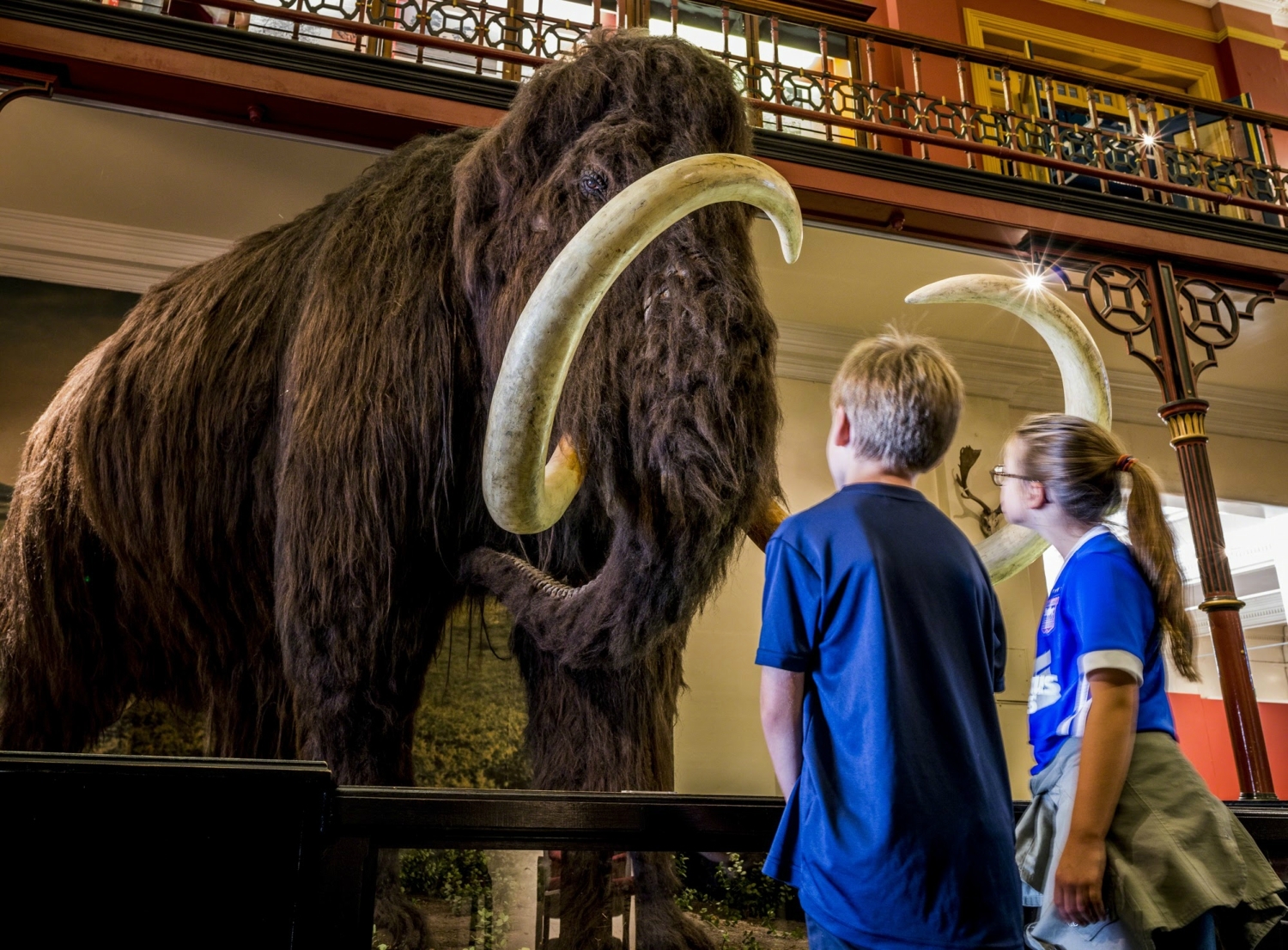
Ipswich Museum's most famous resident; a life-sized model of a woolly mammoth, locally known as 'Wool-I-Am'. Roaming the British Isles over 4,000 years ago, many mammoth skeletons have been found around Ipswich, Suffolk and in the North Sea and lots of the archaeological findings are on display in the museum.
Where to find:
In the main Natural History room, you can't miss him! You can also find more mammoth fossils in the Geology room.
2. Giraffe
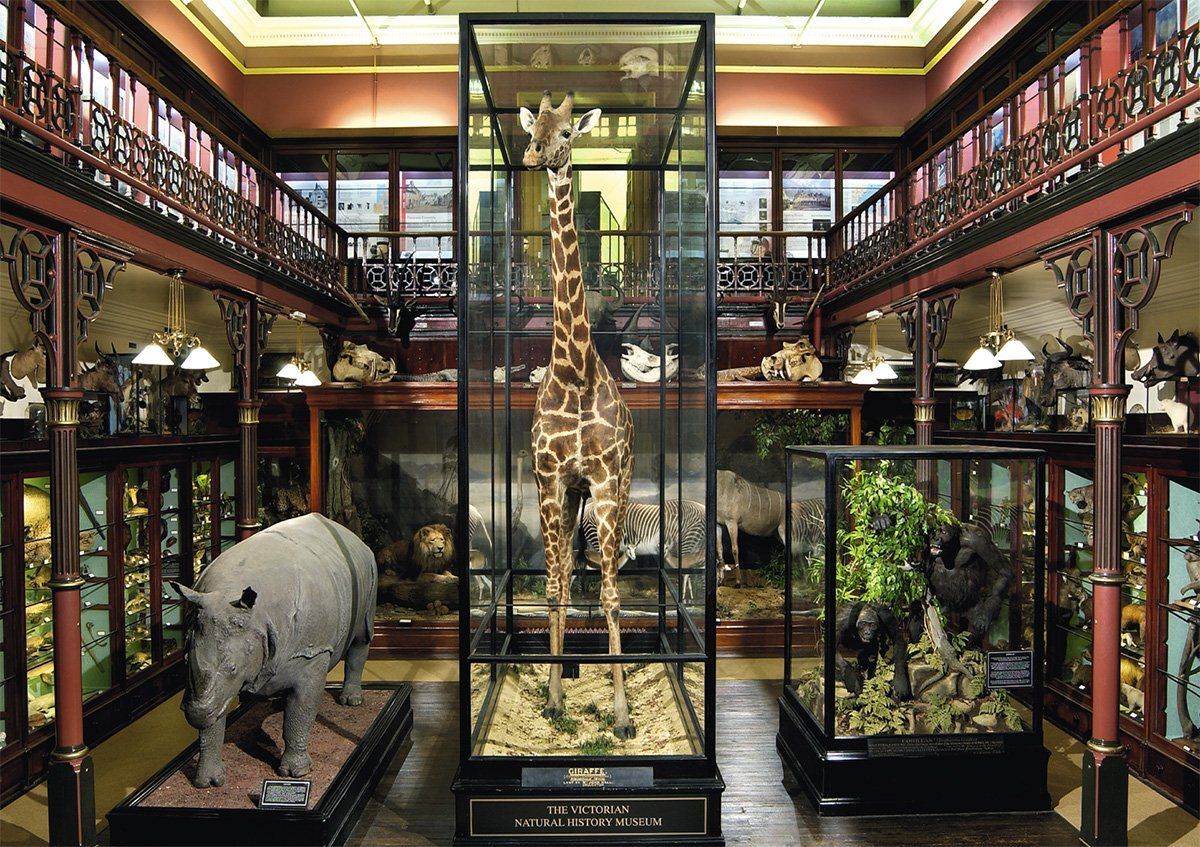
The biggest exhibit in the museum, a fully-grown giraffe in it's original Victoria taxidermy cabinet. At over 5m tall, these huge mammals are the world's tallest animals and graze the landscapes of Africa, eating the leaves at the very tops of trees.
Where to find:
In the middle of the Natural History room, you can't miss it!
3. Boa Constrictor skeleton
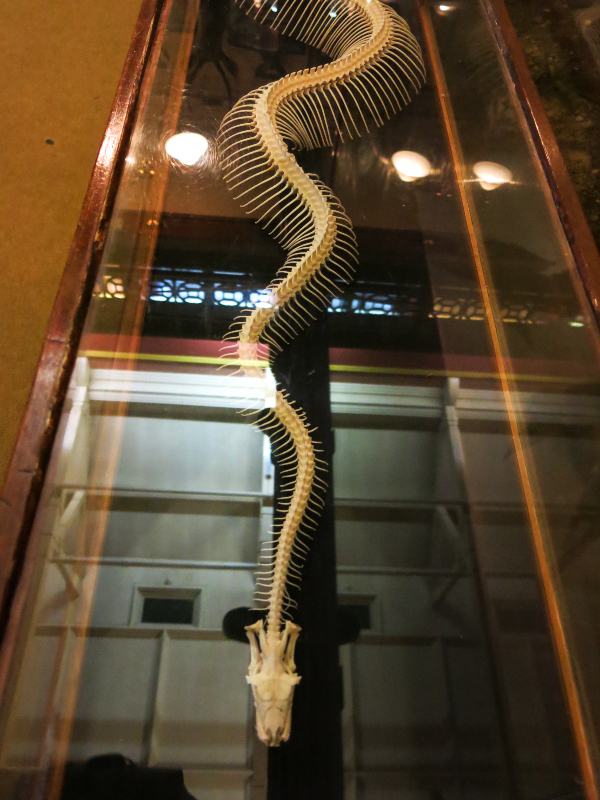
A whole lot of ribs! This complete skeleton of a Boa constrictor has about 400 bones, about 300 of which are ribs; compared to just 24 ribs in humans.
Where to find:
At the back of the Natural History room behind the giraffe cabinet.
4. The Leggett Collection
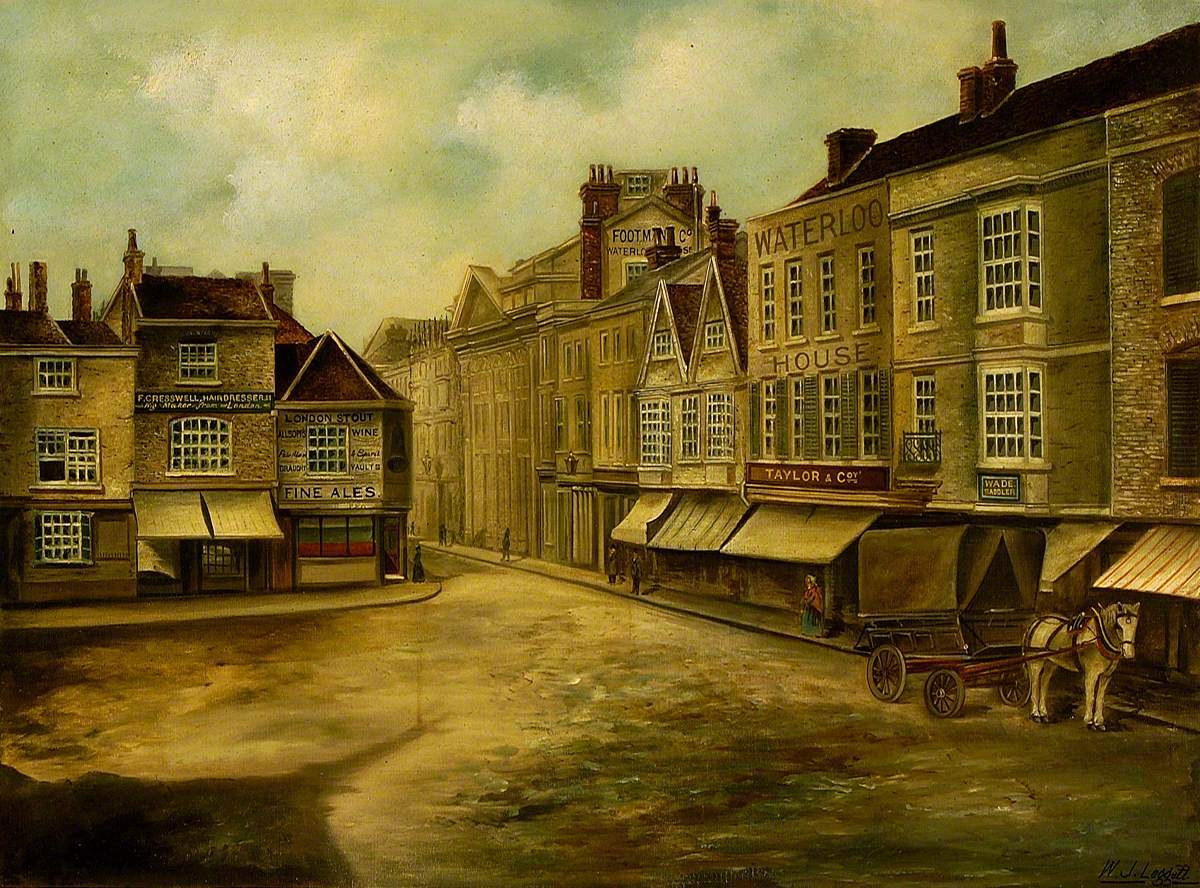
A collection of paintings of Ipswich streets by John Leggett. Born and raised in Ipswich, Leggett regularly painted street-scenes of the town and made signs for many of the local shops and businesses in the late 19th and early 20th Century.
Where to find:
Through the double doors to the left of the main Natural History room.
5. Anglo Saxon Coins
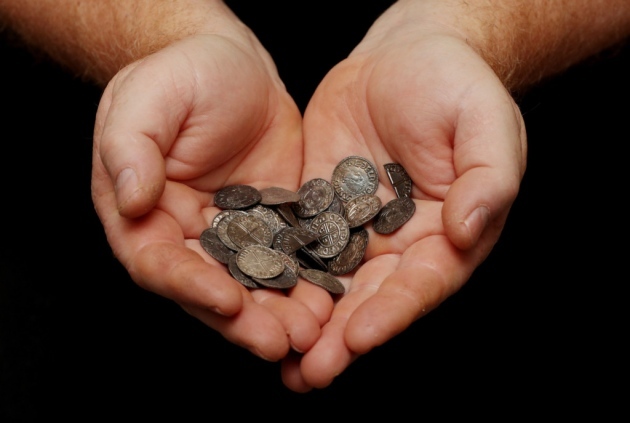
Found at the Anglo Saxon burial grounds at Sutton Hoo in Woodbridge, this huge collection of indigenous British coins are about 1,500 years old. Much smaller than today's money, many of the coins are made of silver and have beautiful intricate patterns carved into them.
Where to find:
In the Anglo Saxon room on the ground floor.
6. Old English Swords
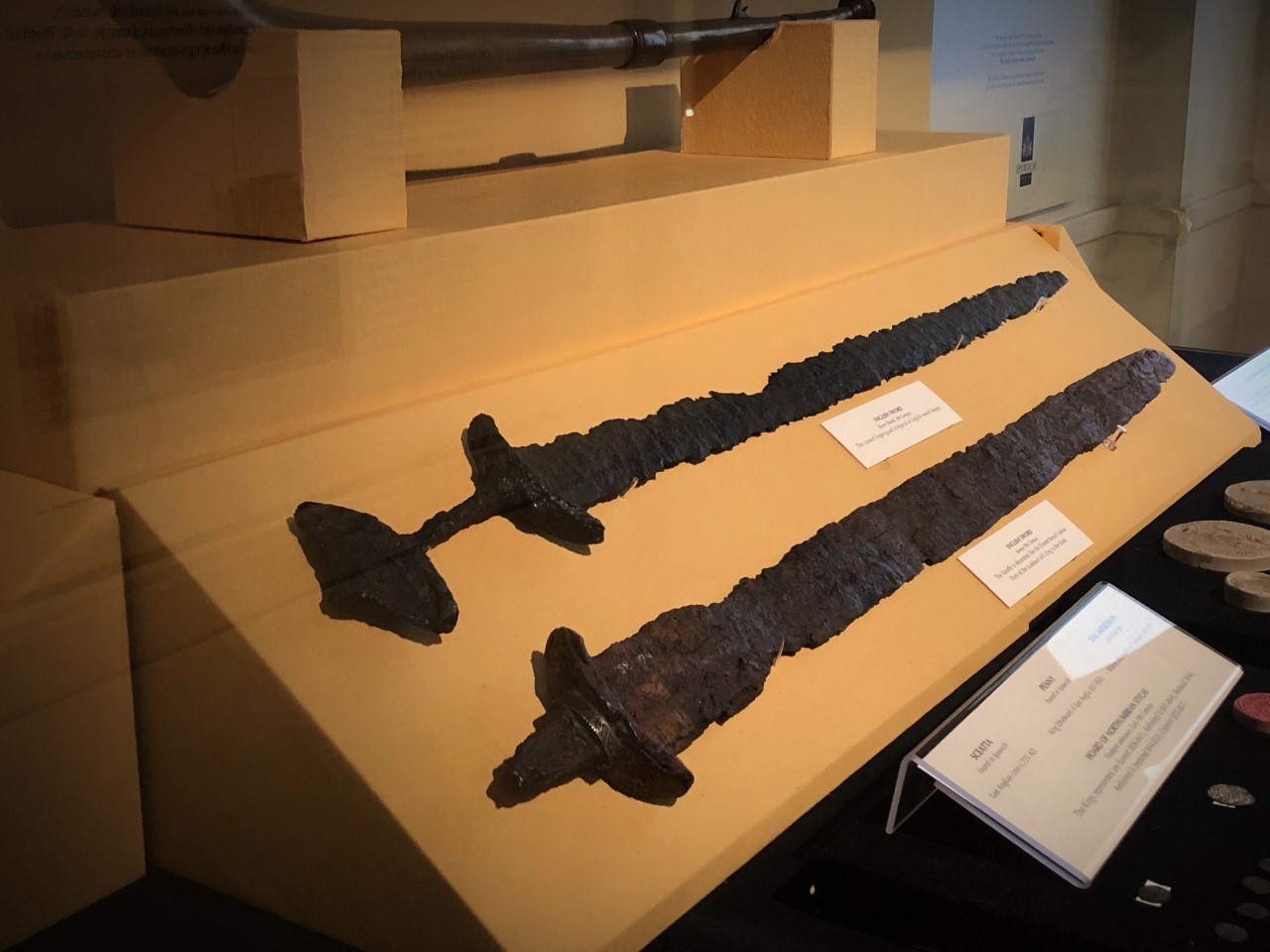
Two 9th Centruy English swords, well over 1,000 years old! Typical examples of medieval English swords, both of these artefacts where found around Ipswich; one was found along the River Orwell and the other in Kersey near Hadleigh.
Where to find:
In the Anglo Saxon room on the ground floor.
7. Whale Skull
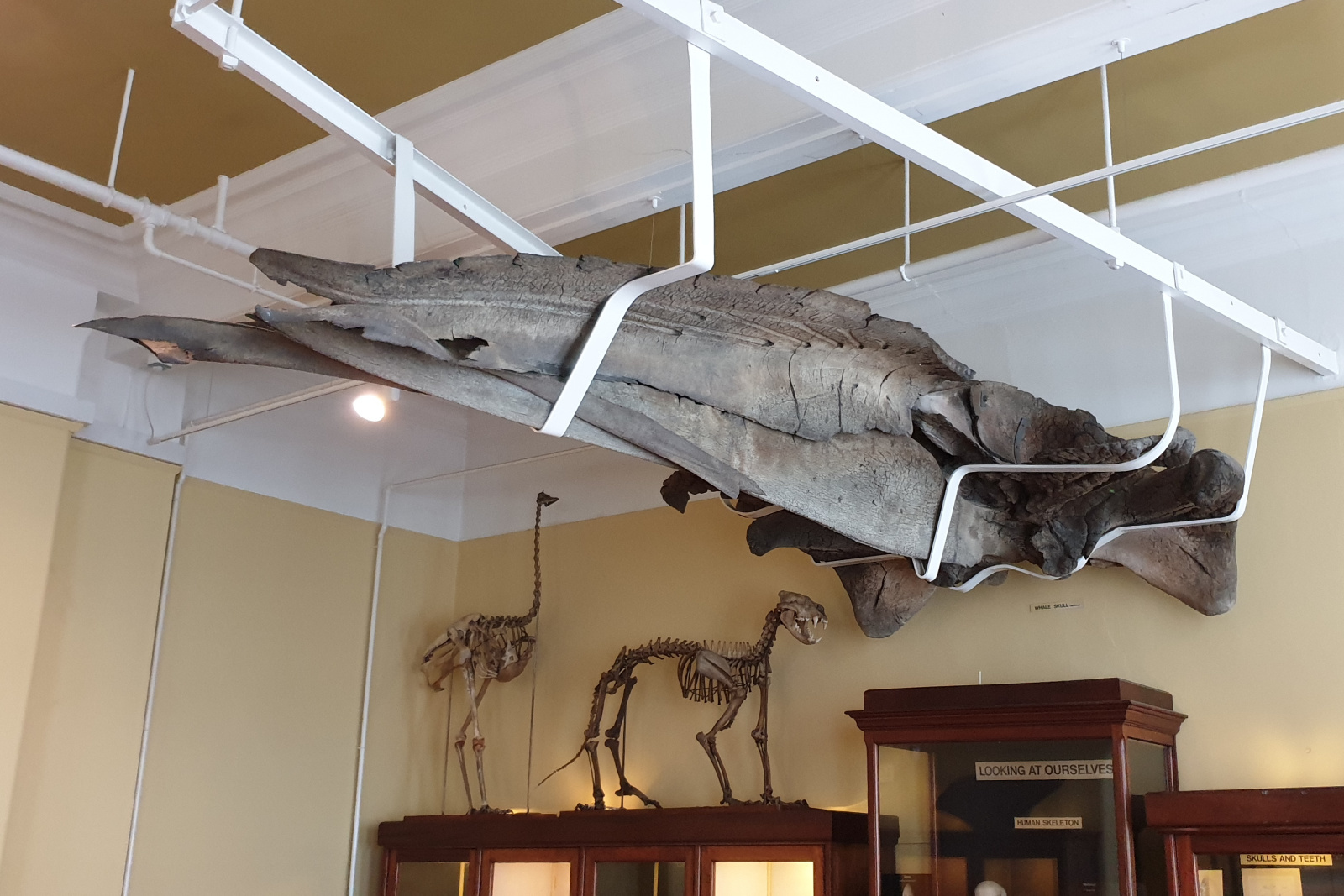
A magnificent complete whale skull which is about 2m wide and 5m long!
Where to find:
Suspended from the ceiling of the Geology room.
8. Royal George ship Model
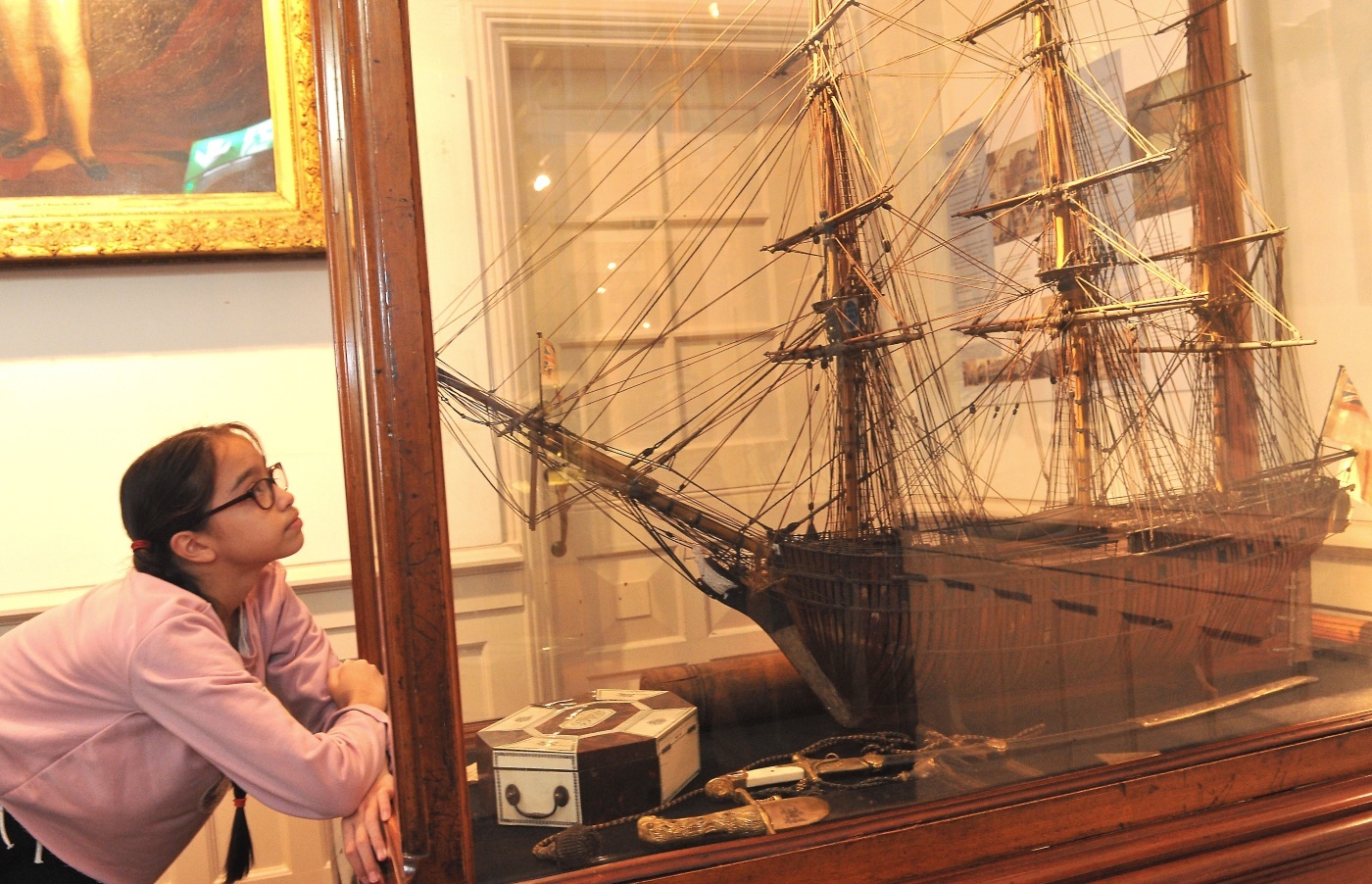
An enormous model of the battleship HMS Royal George, made to mark the end of the Napoleonic Wars (1803- 1815) and displayed in the old Ipswich Town Hall to commemorate the close links between Ipswich and the Royal Navy.
Where to find:
In the Victorian Life room at the back of the museum, next to the Geology room.
9. Goddess Sekhmet Statue
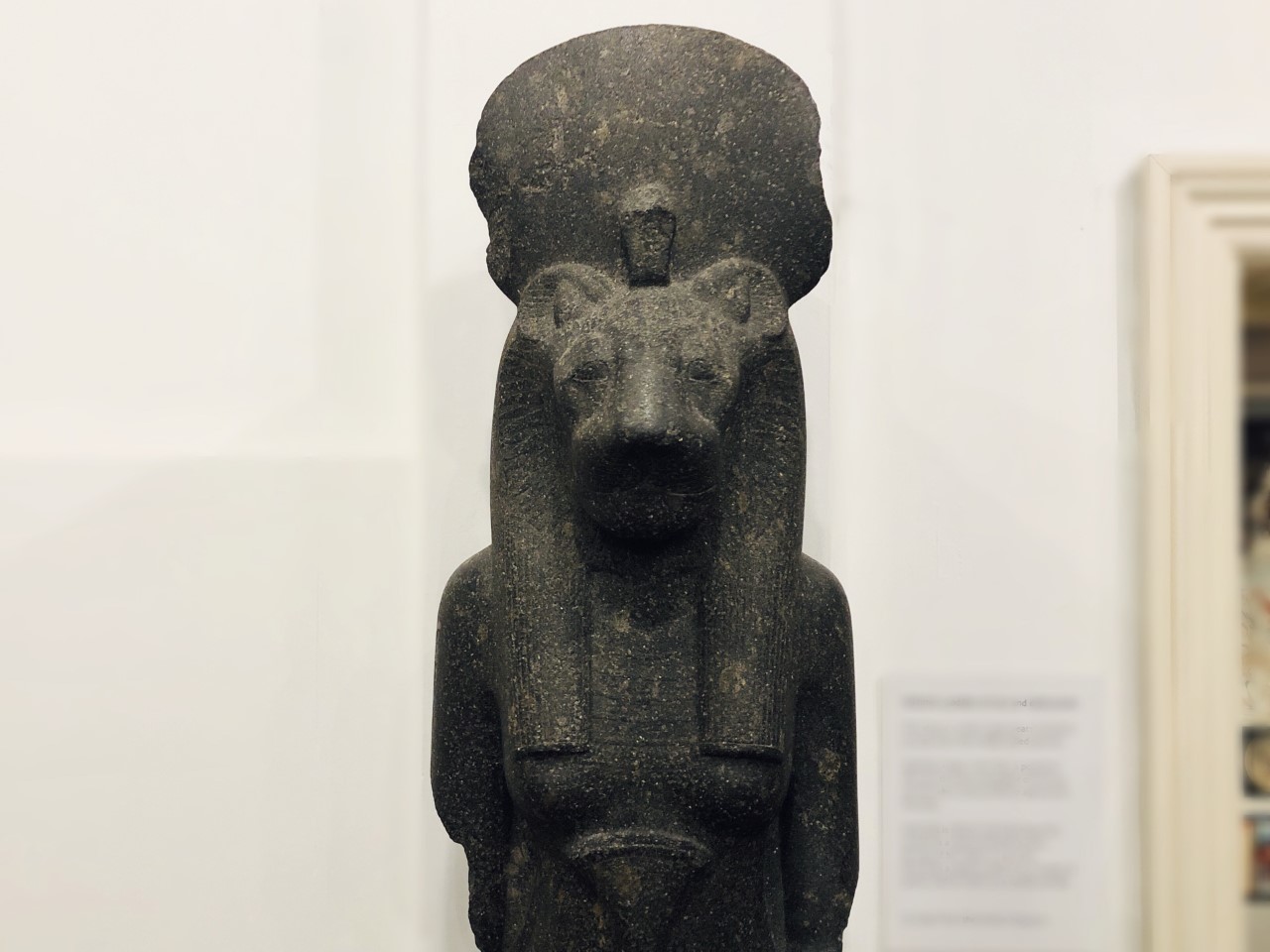
On loan from the British Museum, this statue is about 3,300 years old! The statue depicts Sekhmet (meaning 'she who is powerful') the ancient Egyptian goddess of war and destruction, who was the head of a lioness and a sun disc on top of her head.
Where to find:
At the entrance to the Egyptology room on the first floor.
10. Egyptian Mummy
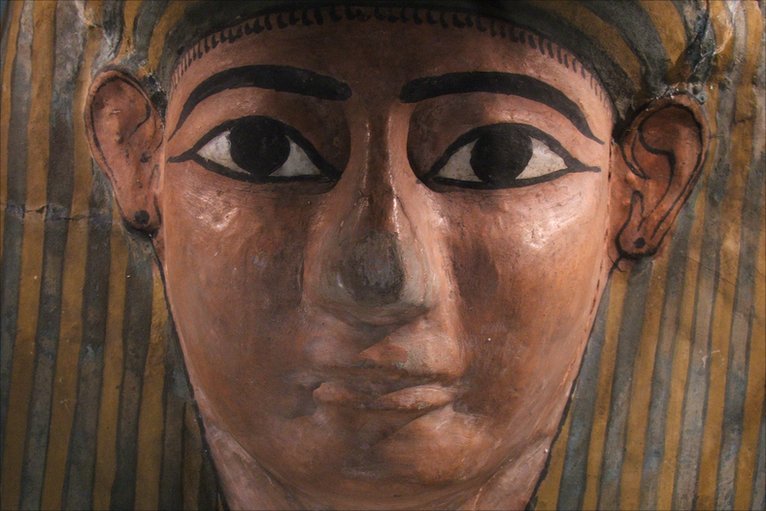
One of the rarest, most prized items in the museum's collection; the 2,500 year old coffin and mummified remains of Lady Tahathor, an ancient Egyptian woman of status.
Where to find:
At the centre of the Egyptology room on the first floor.
11. Samurai Armour & Weapons
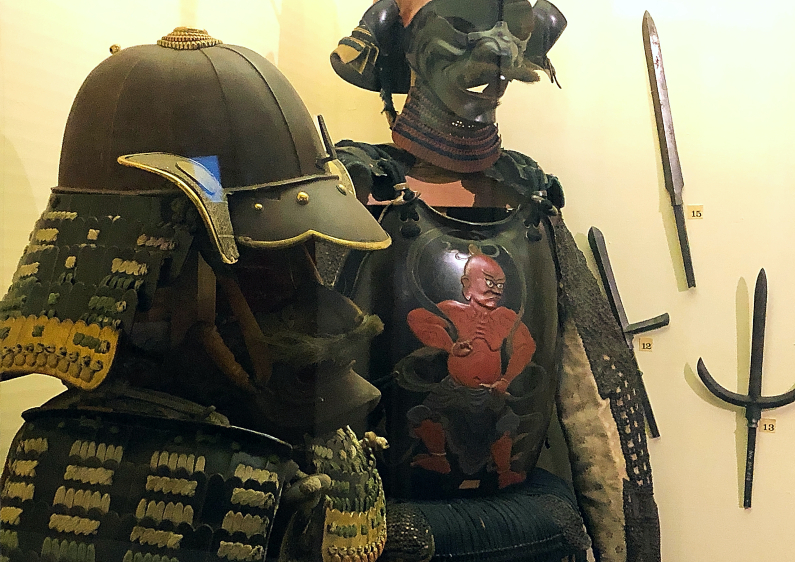
The Samurai were aristocratic warriors who ruled over medieval and early-modern Japan from the 12th Century to their abolition in the 1870s. The armour, swords and weapons in Ipswich Museum are fine examples of what these Eastern fighters wore and used in battle.
Where to find:
In the World History galleries on the first floor.
12. Ichthyosaur Skeleton

A rare complete fossil of an Ichthyosaur, a marine dinosaur that became extinct around 112 million years ago. Very common in the oceans in the late Triassic and early Jurassic periods in Europe and Asia, this specimen was brought to Ipswich Museum in about 1880.
WHERE TO FIND
By the staircase as you exit, on the first floor above the main entrance doors.
POPULAR POSTS
Top 10 Things To Do On The Shotley Peninsula
The Shotley Peninsula is packed full of quirky and interesting things to do, sites to see and
READ MORE10 Best Things To Do In Ipswich According To Tripadvisor
Exciting and inspiring culture, fascinating yet humble history, beautiful parks and the
READ MOREIpswich's Favourite Cocktail Recipes
Make these delicious cocktails at home! Some of Ipswich's favourite bars and restaurants have
READ MORE